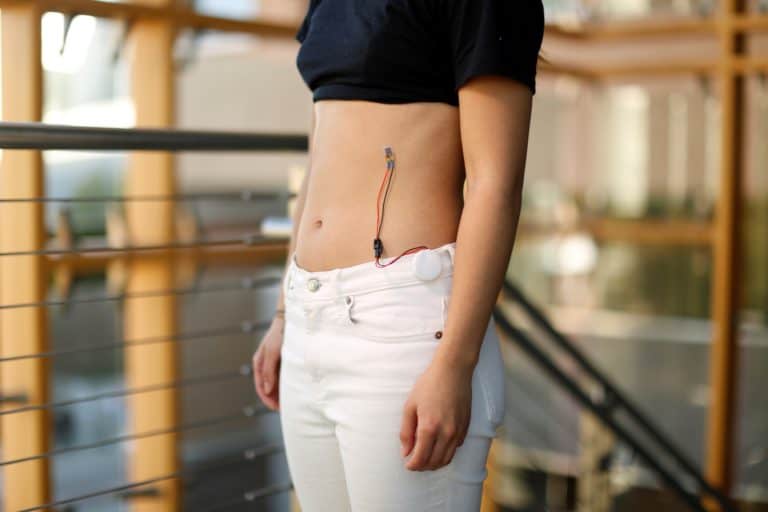Strain sensor offers wearable solution for monitoring lung disease
Strain sensor devices developed could provide people with a wearable, disposable respiration monitoring solution that helps them manage chronic pulmonary conditions.

Developed by researchers at the University of California, Irvine, the new device has been designed to provide high-fidelity readings on a continuous basis to children with asthma and cystic fibrosis, or others with chronic respiratory disease.
The inexpensively produced sensors were created by UCI biomedical engineers using thin sheets of plastic that are painted or drawn on and then shrunk with heat.
Placed in two positions – one between the ninth and 10th ribs and another on the abdomen – the sticking plaster-like devices track the rate and volume of the wearer’s respiration by measuring the local strain on the application areas. According to UCI, the information gleaned could, in the case of asthma, help warn of an oncoming attack.
Register now to continue reading
Thanks for visiting The Engineer. You’ve now reached your monthly limit of news stories. Register for free to unlock unlimited access to all of our news coverage, as well as premium content including opinion, in-depth features and special reports.
Benefits of registering
-
In-depth insights and coverage of key emerging trends
-
Unrestricted access to special reports throughout the year
-
Daily technology news delivered straight to your inbox










Water Sector Talent Exodus Could Cripple The Sector
Maybe if things are essential for the running of a country and we want to pay a fair price we should be running these utilities on a not for profit...